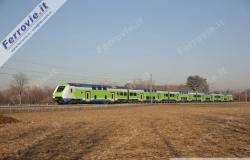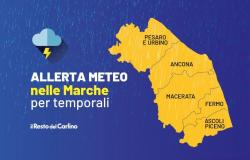
In practice, regardless of whether they derive from public or private greenery activities and whether they are produced by an agricultural company or an artisan business, the residual materials resulting from urban greenery care activities, such as grass cuttings and hedge pruning and trees, can be considered by-products and, as such, reused to improve the same green areas, for normal agricultural practices such as soil fertilization, for the production of biogas/biomethane or for the development of innovative supply chains linked to the valorisation of the material vegetal, such as that of the reuse of urban wood.
These are the indications contained in the document issued by the Lombardy Region council, which by accepting Coldiretti’s requests, brings order to the interpretations that have followed one another in recent months from which it could appear that the residues of urban green maintenance activities were always and in any case “waste” to be disposed of, with the consequent economic and environmental costs.
Clear indications for administrations and companies. Territorial administrations and bodies responsible for control now have clear and unambiguous indications and companies can work without the fear of running into heavy sanctions linked to subjective or incorrect interpretations. A stance that is also good for the environment because the production of waste is avoided, creates opportunities for the valorisation of a resource that can be used through various activities and supply chains, with a view to a true and concrete circular economy and for a qualitative improvement of green areas.
The coordination work had been interrupted, unfortunately, by an opinion dated 26 April last from the Directorate General for the Environment of the European Commission which had declared, without providing any reason, that mowing and pruning for green maintenance should always be considered waste . Credit, therefore, goes to the Lombardy Region for promptly adopting Coldiretti’s requests, ensuring the possibility of reusing cuttings and prunings as by-products even when generated by the maintenance activities of public and private green areas by non-agricultural entrepreneurs.
A drain on municipal administrations was also avoided with the risk of blocking land maintenance activities. According to a study by Coldiretti-Assofloro, in fact, with a cost for disposal at authorized centers which, depending on the different areas of Italy, varies from 30-35 euros/t for woody materials to 60-120 euros/t for grass and branches and an overall increase of 20-25% in the costs of the works, unsustainable burdens would have been generated, maintenance contracts would have been blocked due to disputes with companies for extra costs on works already in progress and green care interventions would have been reduced, which require of specialization and trained workforce to generate benefits for the environment, protection of the territory and landscape.





